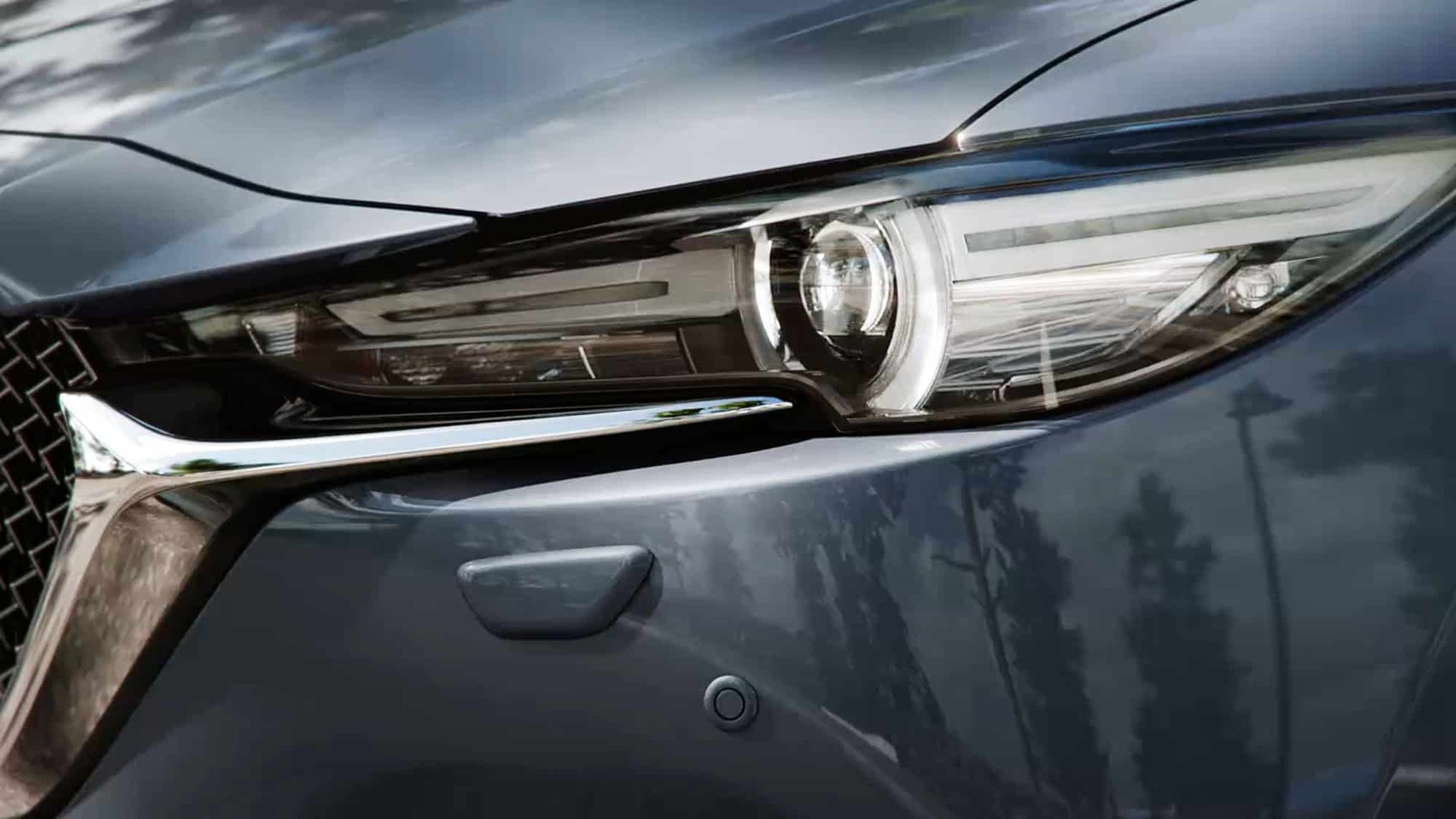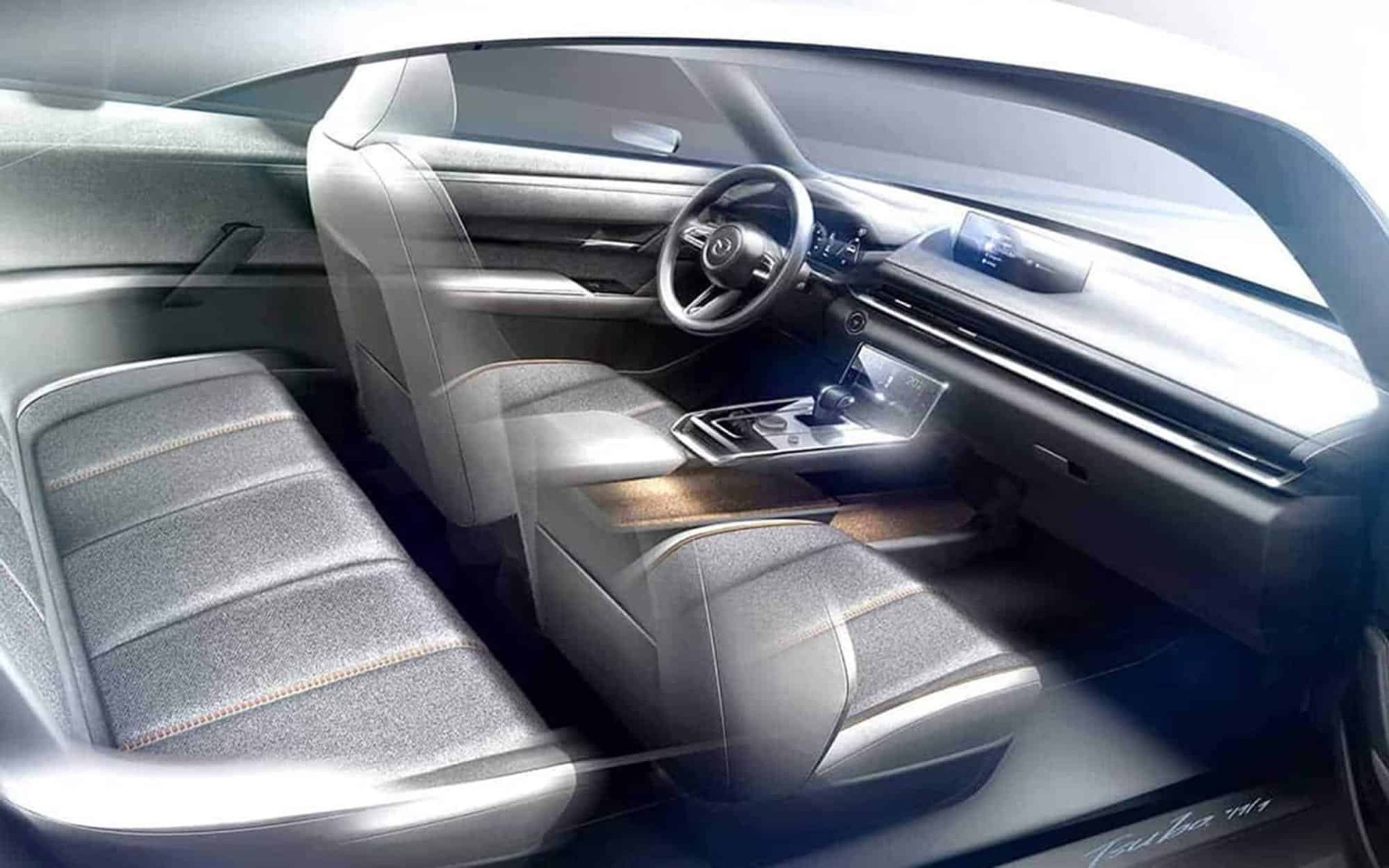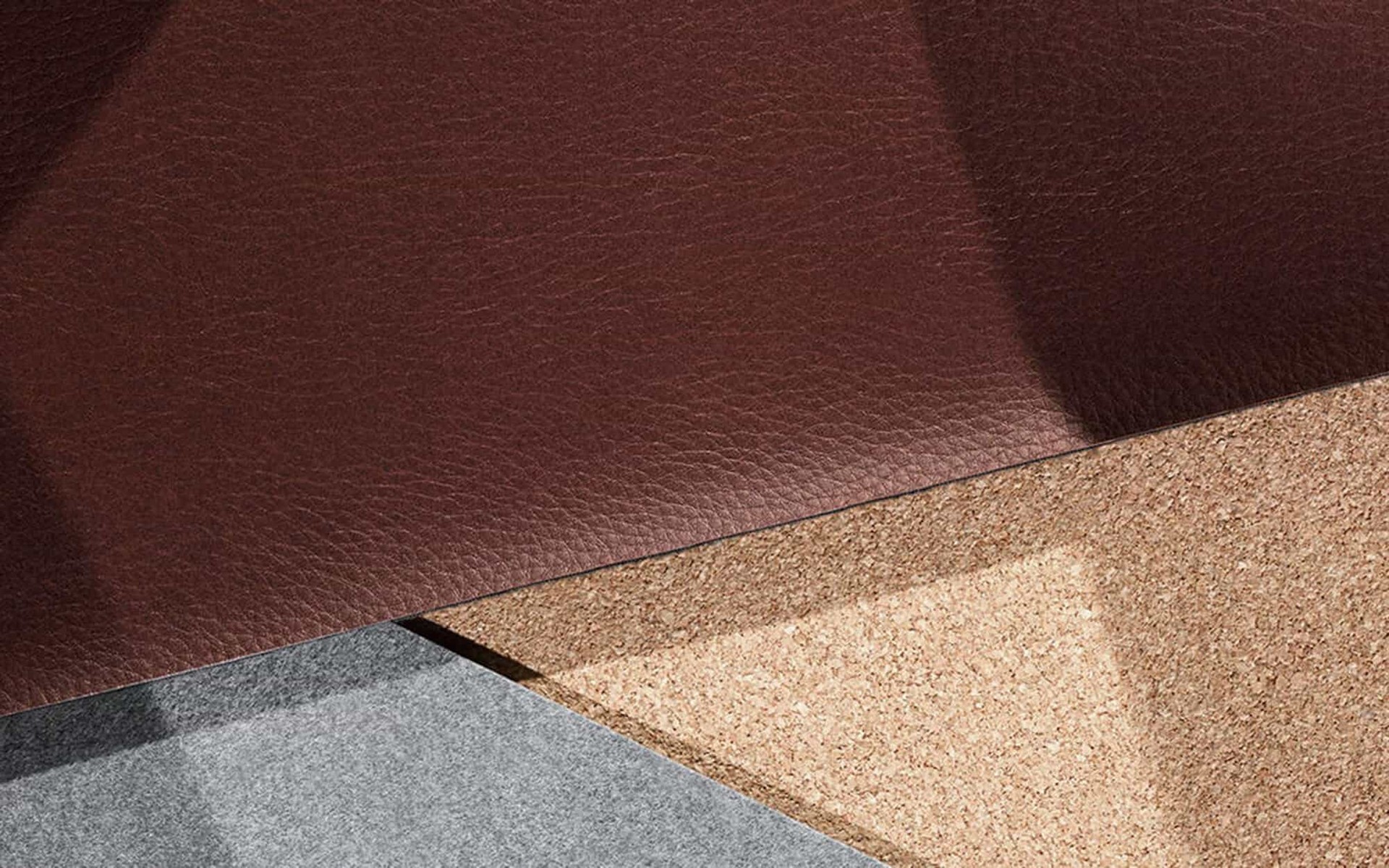INNOVATE
Mazda’s eco paint palette
Mazda Stories meets with Kengo Hirose and Kouji Ishihara from Mazda’s Paint Group division to discover the secrets behind Mazda’s award-winning paint shop technologies.
Paint shop processes traditionally produce a large amount of CO2 and volatile organic compounds (VOCs). What has Mazda done to combat this and improve its environmental footprint?
KH: We switched from traditional solvent coatings to Mazda’s Aqua-tech technology, starting with Mazda’s Brilliant Black paint, which we now use as part of the MX‑30’s roof colour. These paints are water-based, which reduces the amount of VOCs emitted during the painting process and improves their function as individual paints. We also began using the Three Layer Wet Paint system, a process where the vehicle’s paint layers are applied one after the other before being dried. This saves energy and reduces CO2 emissions because the paint no longer needs to be dried after each coat.
Aqua-tech paint system: This water-based painting technology releases significantly fewer volatile organic compounds (VOCs) during manufacturing compared to traditional solvent-based paint. In 2015 this system received the prestigious Japanese Prime Minister’s Award for innovation in manufacturing and production.
What makes Mazda’s paint colours and technology so special?
KH: In order to create the original and vivid colours that Mazda is known for, we use fine, bright aluminum flakes and apply our own unique processes to them. The flakes have to be specific dimensions to be used and this influences how the vehicle’s body colour looks and its overall design. Our eco-friendly paints have improved chipping resistance but still share the same level of reliability and durability as their predecessors. And Mazda’s iconic red colour is deeply rooted in Hiroshima culture—you can see it in some of the city’s landmarks as well as our professional baseball team, the Hiroshima Toyo Carp.
What is the painting process of a Mazda vehicle?
KI: We spray the inner body parts by hand and the outer panels using robots, with the entire process taking around 17 minutes per vehicle. The robots are programmed with the same craftsmanship techniques (Takumi-nuri) used by our workers, such as being able to paint within a specified range and at different speeds and angles while adapting to each model’s different surface areas.
Three Layer Wet Paint system: A method where all three paint layers (primer, base and clear topcoat) are applied in succession before being dried, significantly reducing its impact on the environment compared to traditional paint shop processes.
What does the future hold for Mazda’s paint shop technologies?
KH: Because of carbon neutrality, film coatings in the industry have become thinner to ensure that even fewer VOCs are released into the atmosphere. I think we will keep sourcing new materials and continue to develop the skills of our team as our technology advances. Mazda’s paint shop colours are continuously evolving.
What is your favourite Mazda paint colour?
KH: Mazda’s Soul Red Crystal metallic. It makes me feel a strong connection with Hiroshima’s soul and the city’s baseball team.
KI: My favourite paint colour is also Soul Red Crystal metallic. It evolved from Soul Red paint, and its translucent layer has highly saturated red pigments that produce a richer and more intense red. In addition, the reflective coat uses light-absorbing flakes, creating a depth of colour that previously required two layers to achieve. It’s a feat of engineering to get it just right. The technique and equipment management is so important with this paint that if the painting conditions are altered ever so slightly, the colour can completely change.
Words Charlotte Briggs
find out more
Choose your colour
From Snowflake White Pearl Mica to Soul Red Crystal metallic to Machine Grey metallic






